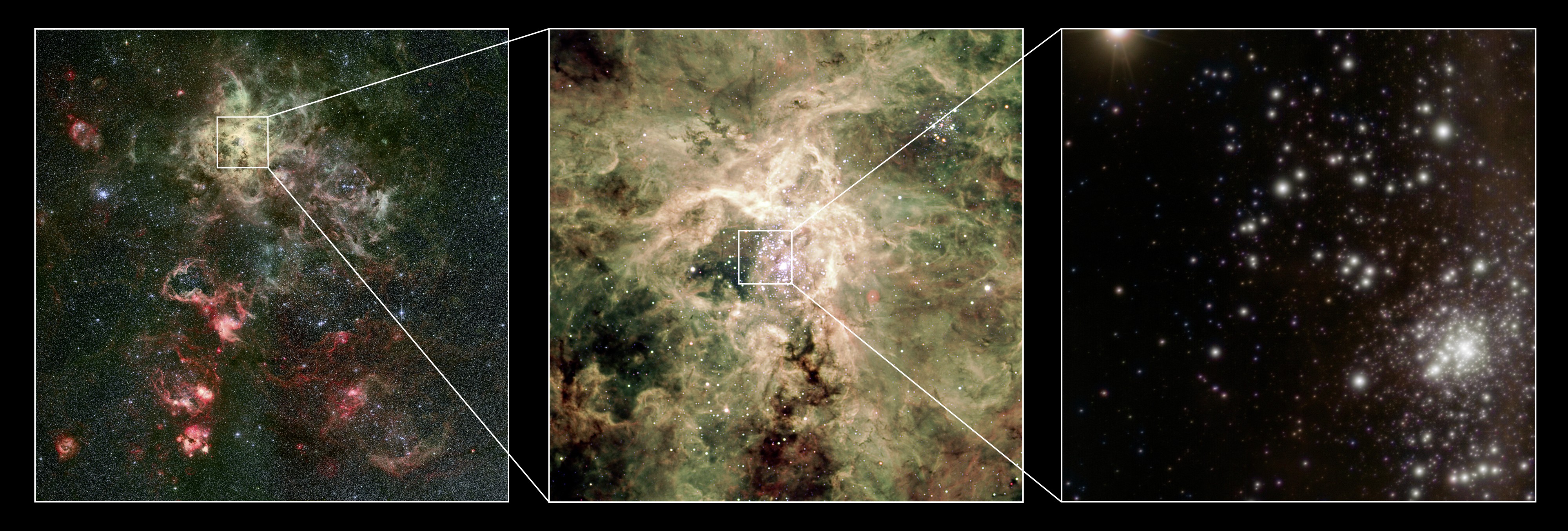Please login in order to download photos in full size
If you are not registered, please register for free: www.Free-Photos.biz/register
Please note to download premium images you also need to join as a free member..
You can also save the photos without the registration - but only in small and average sizes, and some of them will have the site's watermark. Please simply click your right mouse button and save the image.
Please login in order to like photos
If you are not registered, please register for free:
Sorry, non-members can download up to 1100 full-size photos per month.
It looks like you have used up your limit.
Free members can download an unlimited number of full-size photos - including the premium free photos.
Join as a member today for FREE! - and download the images without limitations:
www.Free-Photos.biz/membership.php
You can also save the images without the membership - but only in small and average sizes, and some of them may have the site's watermark. Please simply click your right mouse button and save the image.

|
This is a premium free photo
This photo was viewed 6 times and was downloaded in full size 4 times.
This photo was liked 0 times
Source page: |
http://commons.wikimedia.org/wiki/File:ESO_-_Potw1129a_(by).jpg |
|---|
| Description |
English: The MPG/ESO 2.2-metre telescope at La Silla in Chile is a powerful instrument that can capture distant celestial objects, but it has been used here to image a heavenly body that is much closer to home: the Moon. The data used for this image were selected by Andy Strappazzon from Belgium, who participated in ESO’s Hidden Treasures 2010 astrophotography competition. Andy’s composition of the Moon was the fourth highest ranked entry in the competition.
This image of the crescent Moon shows sunlight skimming across the heavily pocked surface, filling its craters with shadows. This is a fairly flat region of the Moon, but elsewhere, high mountains can be found, with some peaks reaching about 5000 metres. When backlit by the Sun, these mountains cast long shadows on the lunar surface. In the 1600s, Galileo Galilei used these long shadows to determine the height of the peaks. At the Moon’s poles (not seen in this picture), some craters are permanently shadowed and the floors of some may have not seen sunlight for billions of years. Scientists had long suspected that these dark and constantly cold regions of the Moon could harbour water ice, but it wasn’t until late 2009 that evidence for this was found. In a NASA mission called LCROSS (Lunar Crater Observation and Sensing Satellite), a spent rocket booster was sent on a one-way collision course to the Moon’s south pole, while the remaining part of the spacecraft hunted for evidence of water in the ejected debris. The mission was a success and its findings confirmed the presence of water ice within these dark craters. The finding has important implications for the future of human exploration of the Moon and elsewhere in the Solar System. This view of the Moon was taken through a narrowband red filter (H-alpha). The height of the image is about 30 arcminutes. This image was processed by ESO using the observational data found by Andy Strappazzon (Belgium) [1], who participated in ESO’s Hidden Treasures 2010 astrophotography competition [2], organised by ESO in October–November 2010, for everyone who enjoys making beautiful images of the night sky using astronomical data obtained with professional telescopes. Notes [1] Andy searched through ESO’s archive and identified datasets that he used to compose his image of the Moon, which was the fourth highest ranked entry in the competition, out of almost 100 entries. His original work can be seen here. [2] ESO’s Hidden Treasures 2010 competition gave amateur astronomers the opportunity to search through ESO’s vast archives of astronomical data, hoping to find a well-hidden gem that needed polishing by the entrants. To find out more about Hidden Treasures, visit https://www.eso.org/public/outreach/hiddentreasures/. |
|||||||
| Date | 18 July 2011 | |||||||
| Source | Hidden Treasure on Our Doorstep | |||||||
| Author | ESO and Andy Strappazzon | |||||||
| Permission (Reusing this file) |
|
Creative Commons Attribution 3.0 Unported
| EXIF data: | |
| File name | eso_-_eso1030a__by_.jpg |
|---|---|
| Size, Mbytes | 19.958723632813 |
| Mime type | image/jpeg |
| Color space information | 65535 |
| Exif image width | 6497 |
| Exif image length | 2200 |
| Software used | Adobe Photoshop CS3 Windows |
While the copyright and licensing information supplied for each photo is believed to be accurate, Free-Photos.biz does not provide any warranty regarding the copyright status or correctness of licensing terms. If you decide to reuse the images from Free-Photos.biz, you should verify the copyright status of each image just as you would when obtaining images from other sources.
The use of depictions of living or deceased persons may be restricted in some jurisdictions by laws regarding personality rights. Such images are exhibited at Free-Photos.biz as works of art that serve higher artistic interests.
PRIVACY POLICY
By registering your account and/or by subscribing to new and newly rated photographs you agree we may send you the links to photos and we may occasionally share other information with you.
We do NOT disclose your personal data.



